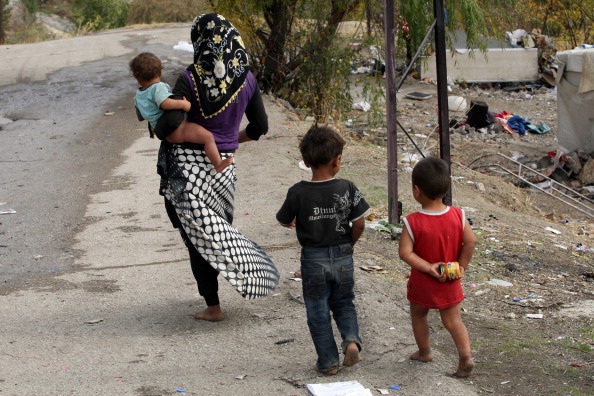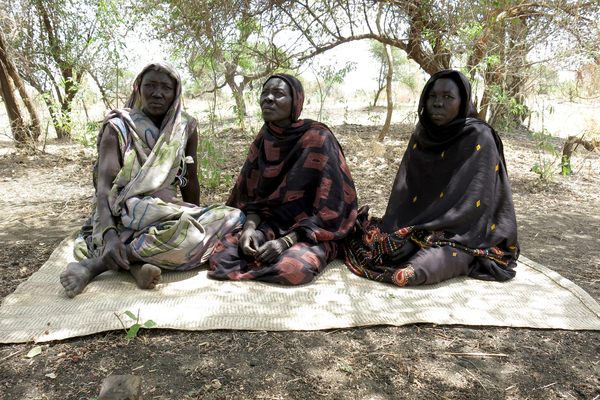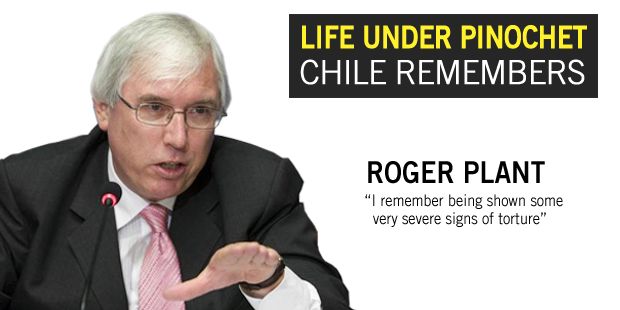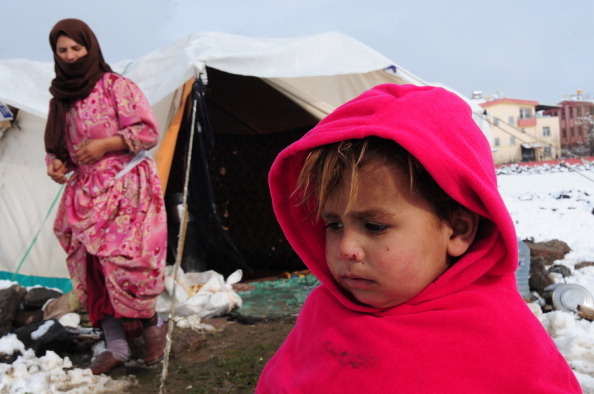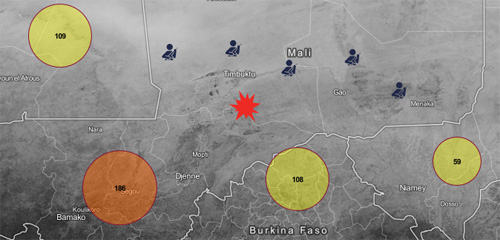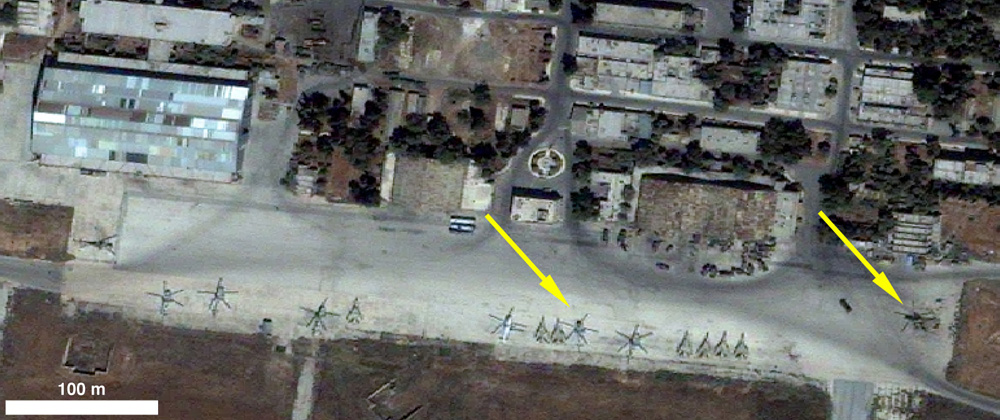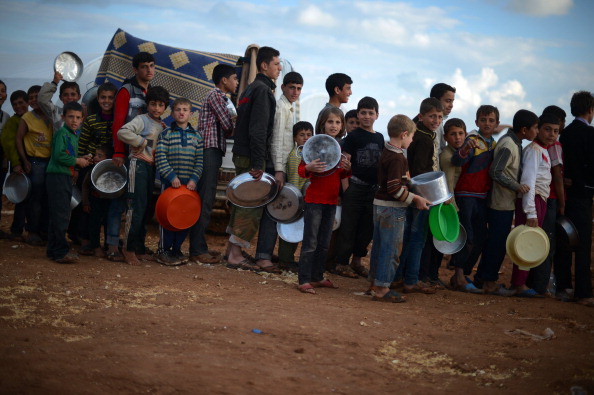
More than 2.5 million Syrians have fled their homes since the outbreak of the conflict in March 2011, with more than 600,000 crossing into neighboring countries (Photo Credit: Dimitar Dilkoff/AFP/Getty Images).
By Cilina Nasser, Syria Researcher at Amnesty International
“I’m not thinking about the future…I’m thinking about what we have left behind. I did not say a proper goodbye to my father and did not even bury him. I don’t know who did and where.”
Ahmed’s desperate reflection gives a small sense of the fear and upheaval that have gripped him and his young family for more than a year now. Syria’s ongoing armed conflict has forced them to move again and again in search of somewhere they can be safe and meet their basic needs.
